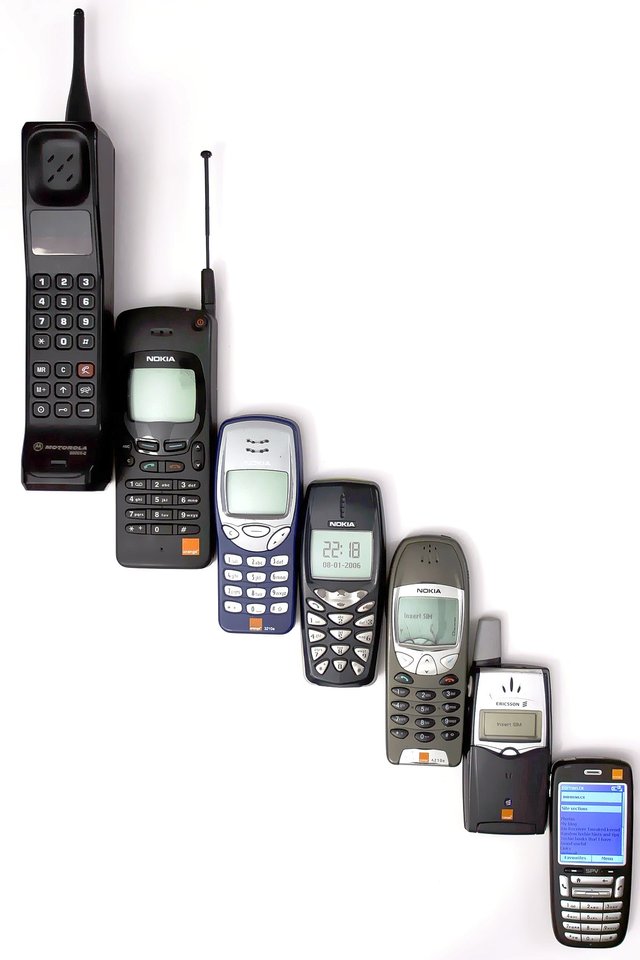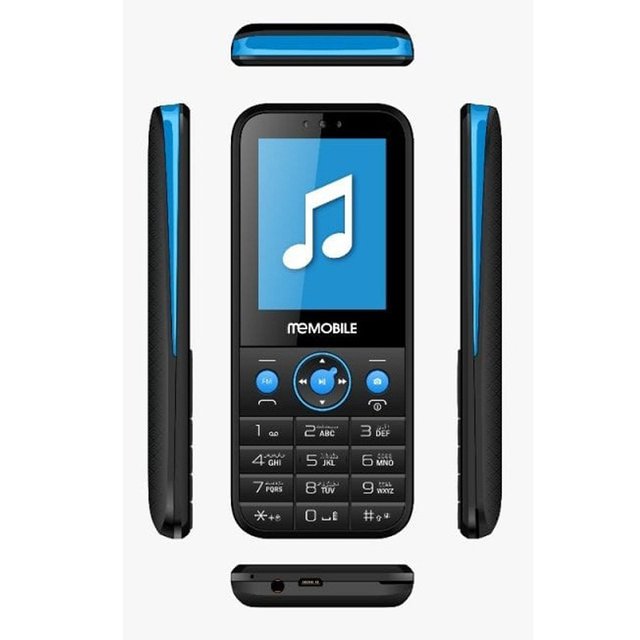Mobile phone
Asslam-o-Alikum my name is rana faisal Nawaz hope you're all right today i told you about mobile phone this is very good thing
A mobile phone, cellular phone, cell phone, cellphone, hand phone, or hand phone, sometimes shortened to simply mobile, cell or just phone, is a portable telephone that can make and receive calls over a radio frequency link while the user is moving within a telephone service area. The radio frequency link establishes a connection to the switching systems of a mobile phone operator, which provides access to the public switched telephone network (PSTN). Modern mobile telephone services use a cellular network architecture and, therefore, mobile telephones are called cellular telephones or cell phones in North America. In addition to telephony, digital mobile phones (2G) support a variety of other services, such as text messaging, MMS, email, Internet access, short-range wireless communications (infrared, Bluetooth), business applications, video games and digital photography. Mobile phones offering only those capabilities are known as feature phones; mobile phones which offer greatly advanced computing capabilities are referred to as smartphones.

History
Main article: History of mobile phones
Martin Cooper of Motorola, shown here in a 2007 reenactment, made the first publicized handheld mobile phone call on a prototype DynaTAC model on 3 April 1973.
A handheld mobile radio telephone service was envisioned in the early stages of radio engineering. In 1917, Finnish inventor Eric Tigerstedt filed a patent for a "pocket-size folding telephone with a very thin carbon microphone". Early predecessors of cellular phones included analog radio communications from ships and trains. The race to create truly portable telephone devices began after World War II, with developments taking place in many countries. The advances in mobile telephony have been traced in successive "generations", starting with the early zeroth-generation (0G) services, such as Bell System's Mobile Telephone Service and its successor, the Improved Mobile Telephone Service. These 0G systems were not cellular, supported few simultaneous calls, and were very expensive.
The Motorola DynaTAC 8000X. In 1984, it became the first commercially available handheld cellular mobile phone.
The development of metal-oxide-semiconductor (MOS) large-scale integration (LSI) technology, information theory and cellular networking led to the development of affordable mobile communications,[1] and devices such as the car phone. The first handheld cellular mobile phone was demonstrated by John F. Mitchell[2][3] and Martin Cooper of Motorola in 1973, using a handset weighing 2 kilograms (4.4 lb).[4] The first commercial automated cellular network (1G) analog was launched in Japan by Nippon Telegraph and Telephone in 1979. This was followed in 1981 by the simultaneous launch of the Nordic Mobile Telephone (NMT) system in Denmark, Finland, Norway, and Sweden.[8] Several other countries then followed in the early to mid-1980s. These first-generation (1G) systems could support far more simultaneous calls but still used analog cellular technology. In 1983, the DynaTAC 8000x was the first commercially available handheld mobile phone.
Digital cellular networks appeared in the 1990s, enabled by the wide adoption of MOSFET-based RF power amplifiers (power MOSFET and LDMOS) and RF circuits (RF CMOS),[9][10][11] leading to the introduction of digital signal processing in wireless communications.[1] In 1991, the second-generation (2G) digital cellular technology was launched in Finland by Radiolinja on the GSM standard. This sparked competition in the sector as the new operators challenged the incumbent 1G network operators. The GSM standard is a European initiative expressed at the CEPT ("Conférence Européenne des Postes et Telecommunications", European Postal and Telecommunications conference). The Franco-German R&D cooperation demonstrated the technical feasibility, and in 1987 a Memorandum of Understanding was signed between 13 European countries who agreed to launch a commercial service by 1991. The first version of the GSM (=2G) standard had 6,000 pages. The IEEE/RSE awarded to Thomas Haug and Philippe Dupuis the 2018 James Clerk Maxwell medal for their contributions to the first digital mobile telephone standard.[12] In 2018, the GSM was used by over 5 billion people in over 220 countries. The GSM (2G) has evolved into 3G, 4G and 5G.

Personal Handy-phone System mobiles and modems, 1997–2003
The lithium-ion battery, an indispensable energy source for modern mobile phones,[13] was commercialized by Sony and Asahi Kasei in 1991.[14][15] In 2001, the third generation (3G) was launched in Japan by NTT DoCoMo on the WCDMA standard.[16] This was followed by 3.5G, 3G+ or turbo 3G enhancements based on the high-speed packet access (HSPA) family, allowing UMTS networks to have higher data transfer speeds and capacity.
By 2009, it had become clear that, at some point, 3G networks would be overwhelmed by the growth of bandwidth-intensive applications, such as streaming media.[17] Consequently, the industry began looking to data-optimized fourth-generation technologies, with the promise of speed improvements up to ten-fold over existing 3G technologies. The first two commercially available technologies billed as 4G were the WiMAX standard, offered in North America by Sprint, and the LTE standard, first offered in Scandinavia by TeliaSonera.
5G is a technology and term used in research papers and projects to denote the next major phase in mobile telecommunication standards beyond the 4G/IMT-Advanced standards. The term 5G is not officially used in any specification or official document yet made public by telecommunication companies or standardization bodies such as 3GPP, WiMAX Forum or ITU-R. New standards beyond 4G are currently being developed by standardization bodies, but they are at this time seen as under the 4G umbrella, not for a new mobile generation.